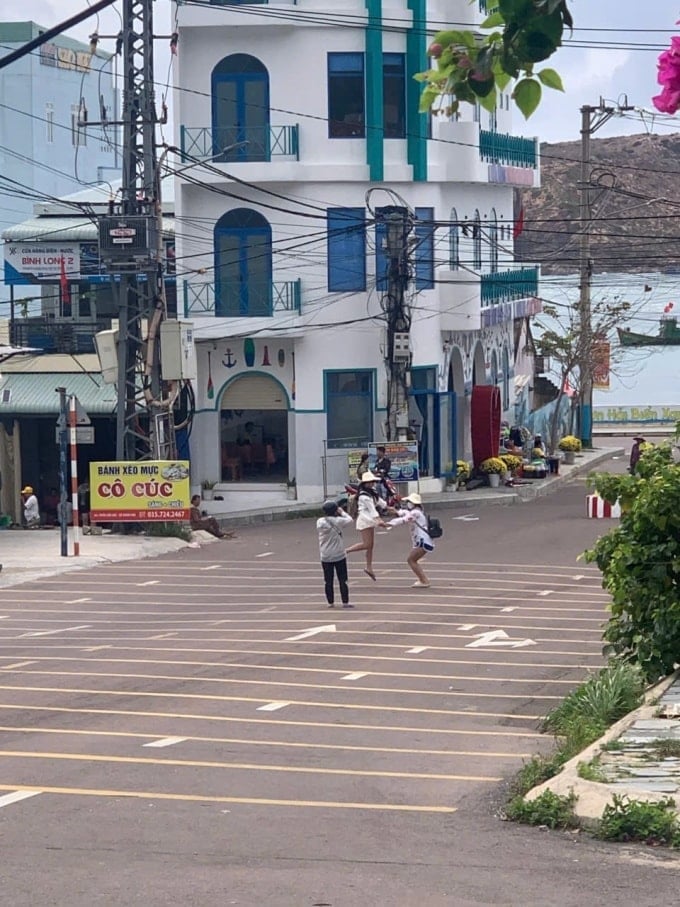
In mid-February, a trend of checking in at "Dali slope" emerged on social media platforms. The trend recreated the scene at Cang'er Grand Road - the most beautiful road in Dali City, Yunnan Province, China with bustling street scenes to the song Sick Enough to Die. Some locations in Vietnam such as Vung Tau, Da Lat, Quy Nhon, with similar scenes, suddenly became "Dali slope" attracting visitors to take photos and record videos.
Lam Minh, 28 years old, who works as a content creator on social media, did not miss this trend. Minh chose Da Lat to "follow the trend", the location was Suong Nguyet Anh slope in Ward 9, which has a similar scene to Da Ly slope. Minh woke up at 4am to film the video at dawn. Arriving at the location at 5am, he had to wait 15-20 minutes for his turn to film and take pictures.
Trending videos help Minh increase interactions and followers on social networks. Due to the nature of his work, he always has to keep up with trends, even "get ahead of the curve" to find new destinations and create attractive content.
"Some of my trips were tiring, not for enjoyment or relaxation, taking pictures and filming to post online was a must-do," Minh said.
For Ha Linh, living in Ho Chi Minh City, traveling according to trends and checking in at hot destinations brings joy. Linh once went to Hanoi with friends to watch a Black Pink concert, took a photo series "hometown cha cha cha" on Phu Quy Island, checked in at the metro in Ho Chi Minh City, or recently filmed a video of "Dai Ly slope" in Da Lat. Linh said that when "following trends", it is inevitable to be crowded and waiting.
"Where to go and what to do during a trip is each person's choice. As long as you don't violate the destination's regulations, avoid making noise or littering, then following the trend and having fun is not something to condemn," Linh said.
Mr. Nguyen Huy Hoang, CEO of Klook Vietnam, said that trend-based tourism always has two sides. Some trends bring positive impacts to destinations in terms of number of visitors, revenue, bring new experiences to tourists and even become tourism trends. However, many trends have negative impacts on local people's lives such as obstructing traffic, causing disorder, and overloading destinations.
According to Mr. Hoang, the young generation of Gen Z and Millennials tourists always have a need to update new information. The trends from this group bring a new look to tourism, such as the wave of watching concerts at famous destinations. Many Vietnamese tourists did not hesitate to spend tens of millions of VND to buy tickets to see Taylor Swift's "The Eras Tour" in Singapore early last year. After the event, the island nation earned 372 million USD in tourism revenue.
Black Pink's concert in July 2023 also attracted a large number of domestic and foreign tourists to Hanoi, with estimated revenue reaching 630 billion VND, according to the Hanoi Department of Tourism.
Mr. Hoang said that music tourism is no longer a fad but has become a sustainable trend in the industry. More and more people are willing to travel far to attend major music events, turning each trip into a complete experience including travel, entertainment, culture and local exploration.
Some little-known destinations suddenly became phenomena after photos and check-in videos on social networks. A typical example is Phu Quy, from a deserted island to a hot tourist spot since 2022, after photos following the trend "hometown cha cha cha" - the name of a Korean drama broadcast in 2021. Phu Quy Island reminds us of the setting in this movie.
"However, many trends have become a source of fear for locals and destinations," said Mr. Hoang, adding that not only in Vietnam but many tourist destinations around the world are facing tourism overload due to visitors flocking to check in and take photos. Some trends are even dangerous for tourists themselves.
In Otaru, Japan in January, a 61-year-old female tourist was hit by a train while taking photos on the tracks at Asari Station - a place famous for the view of trains running through a sea of white snow.
Following the "Dai Ly slope" trend in Quy Nhon, many tourists caused traffic safety problems. Nhon Hai Commune Police said that on February 16, they invited 10 people to the station to write a commitment not to repeat the offense because these tourists stood in the middle of the road to film videos. However, this situation continued to recur in the following days.
Trendy travel is a popular activity with the majority of Vietnamese tourists today. Research from Booking.com in 2024 revealed that 69% of Vietnamese Gen Z use social networks such as Instagram, TikTok, Facebook and YouTube to search for travel ideas and inspiration.
The 2024 Klook Travel Pulse survey also found that 96% of Asia Pacific travelers actively share their travel experiences on social media. The trustworthiness of online recommendations is increasing, with non-celebrities being seen as the most trusted source of reference. More than 80% of travelers in the region, including 91% of Vietnamese, book travel services based on reviews from content creators, with video (63%) being the most popular format due to its visual appeal.
According to many psychologists, the response to new trends is due to FOMO (fear of missing out), the desire to connect with the community and the influence of social networks. When a trend becomes popular, people tend to imitate it so as not to be "left behind". Platforms such as TikTok and Facebook help amplify trends, causing them to spread quickly. Celebrities and KOLs also play an important role in influencing followers. In general, the combination of crowd psychology, technology and marketing strategies makes it easy for new trends to become social phenomena, attracting many participants in a short time.
Admitting to being the type of traveler who avoids crowds, Phan Trong Nhan, 30 years old, living in Dong Nai, said he often chooses familiar restaurants or little-known places to enjoy a slow trip.
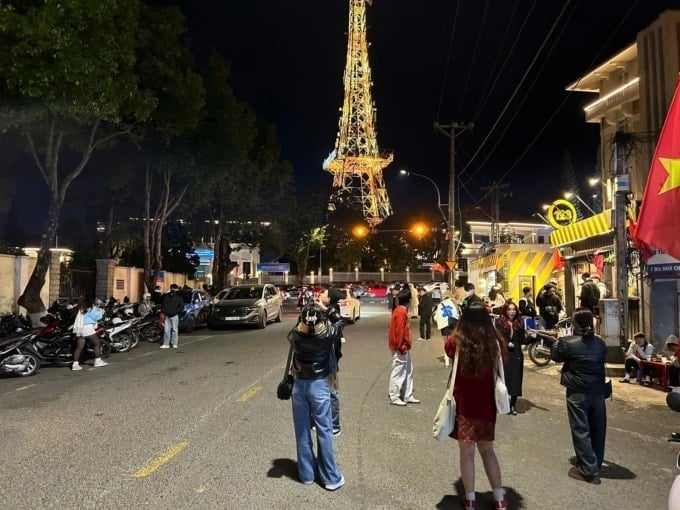
The male tourist said that every few weeks, a new trend appears on social media. At many tourist destinations, he encountered tourists who follow trends regardless, only caring about checking in and ignoring the experience. During a visit to a museum in Hanoi, Nhan witnessed some young people who came not to learn but just took pictures of different angles, edited them, and then left.
"Following the trend is not wrong, but ignoring the rules, affecting the experience of people around you or disturbing the locals is not a good thing," said Phan Nhan.
HQ (according to VnExpress)Source: https://baohaiduong.vn/hai-mat-cua-du-lich-du-trend-405716.html




![[Photo] Unique folk games at Chuong Village Festival](https://vstatic.vietnam.vn/vietnam/resource/IMAGE/2025/4/10/cff805a06fdd443b9474c017f98075a4)
![[Photo] Phuc Tho mulberry season – Sweet fruit from green agriculture](https://vstatic.vietnam.vn/vietnam/resource/IMAGE/2025/4/10/1710a51d63c84a5a92de1b9b4caaf3e5)
![[Photo] Prime Minister Pham Minh Chinh chairs meeting to discuss tax solutions for Vietnam's import and export goods](https://vstatic.vietnam.vn/vietnam/resource/IMAGE/2025/4/10/19b9ed81ca2940b79fb8a0b9ccef539a)

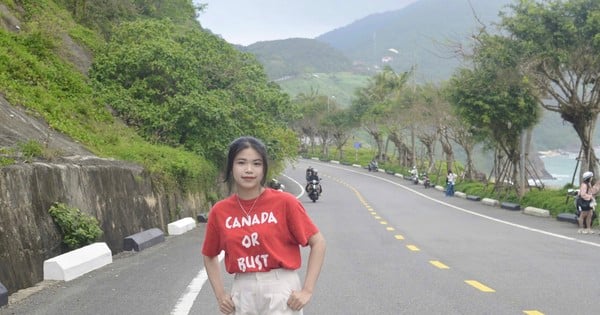






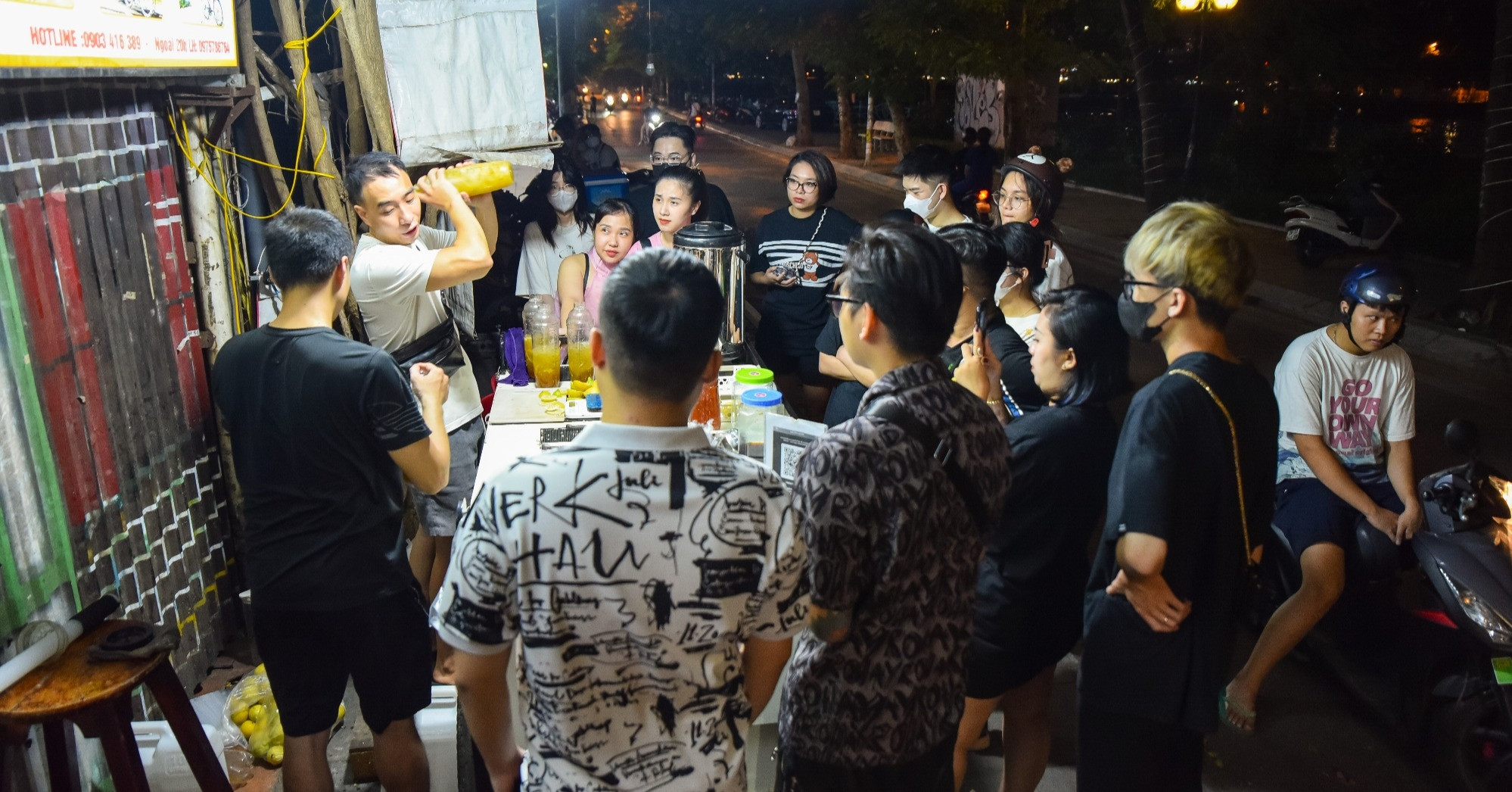











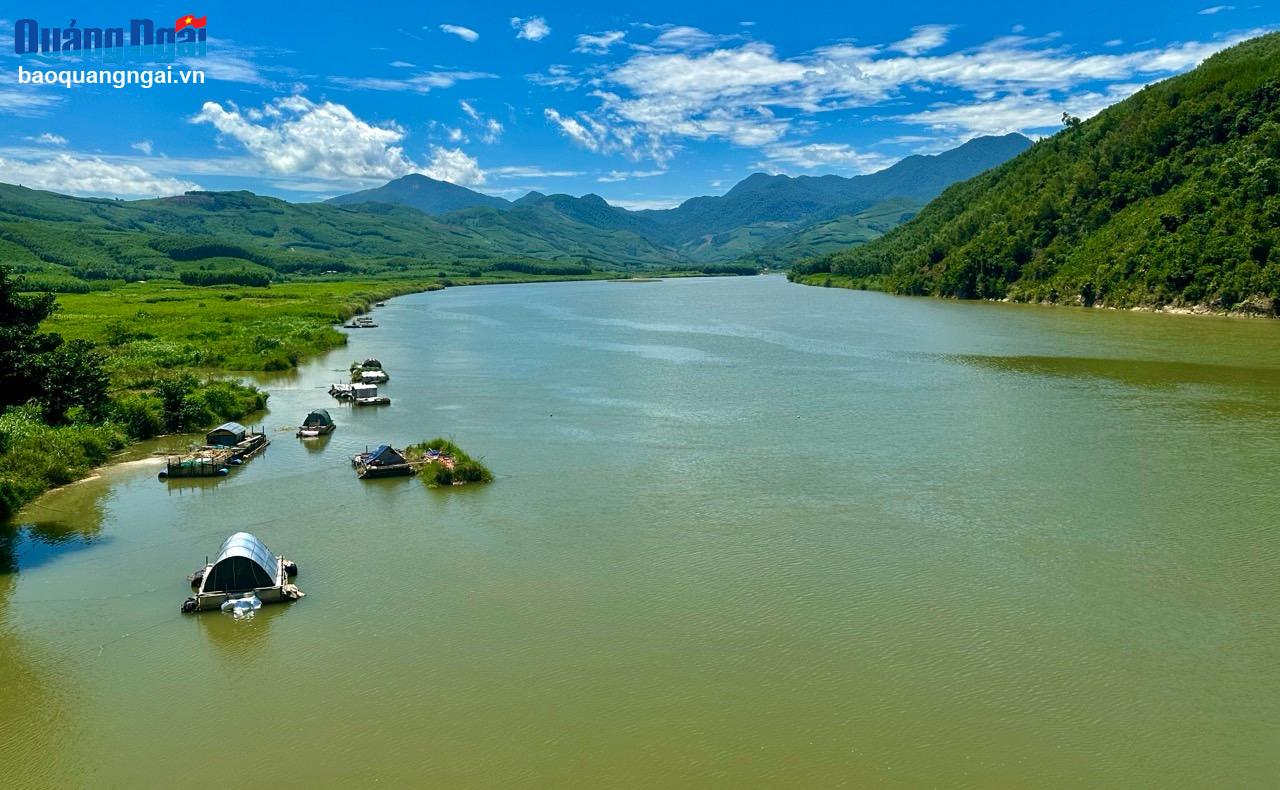




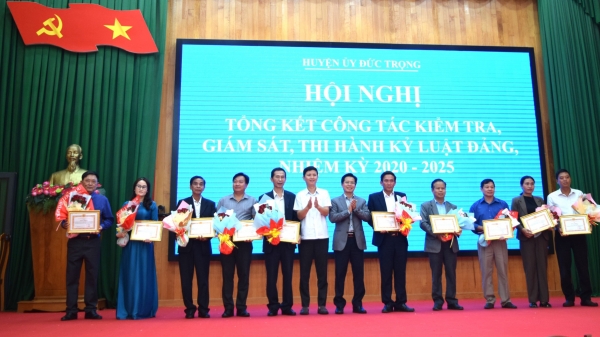





















































Comment (0)